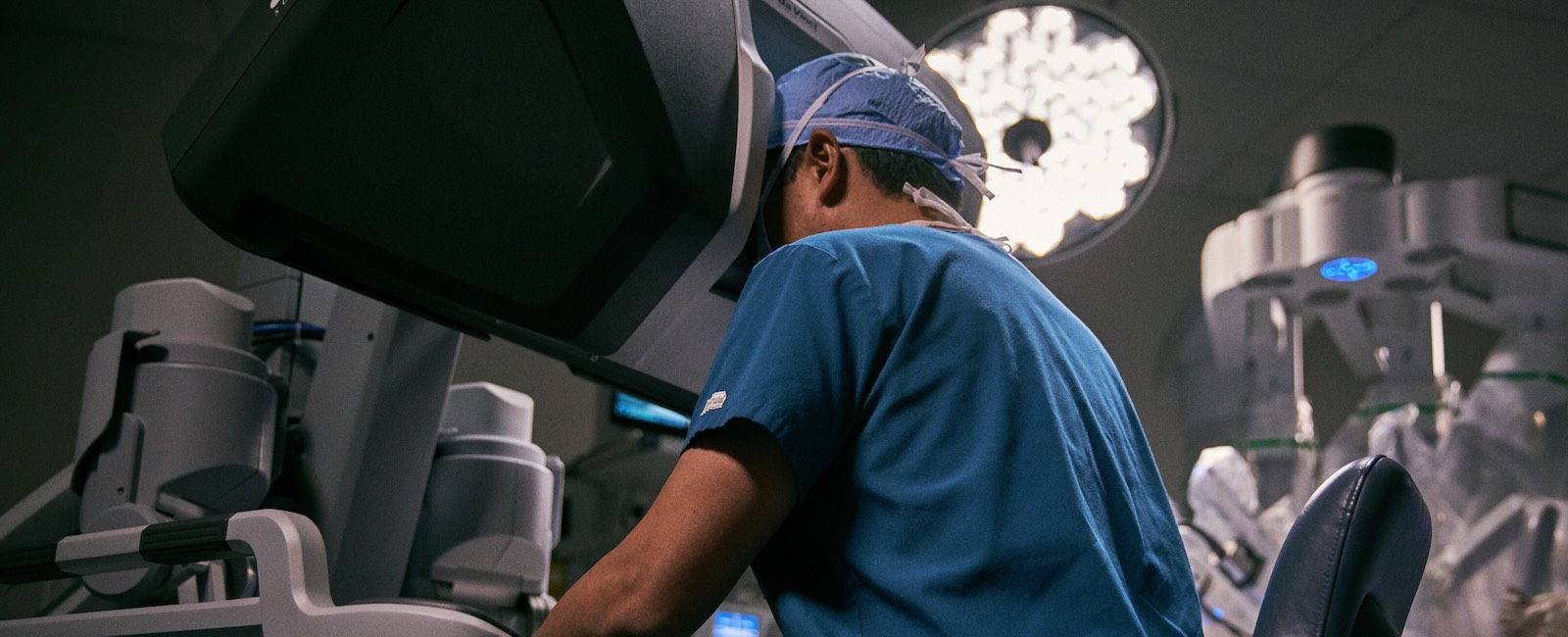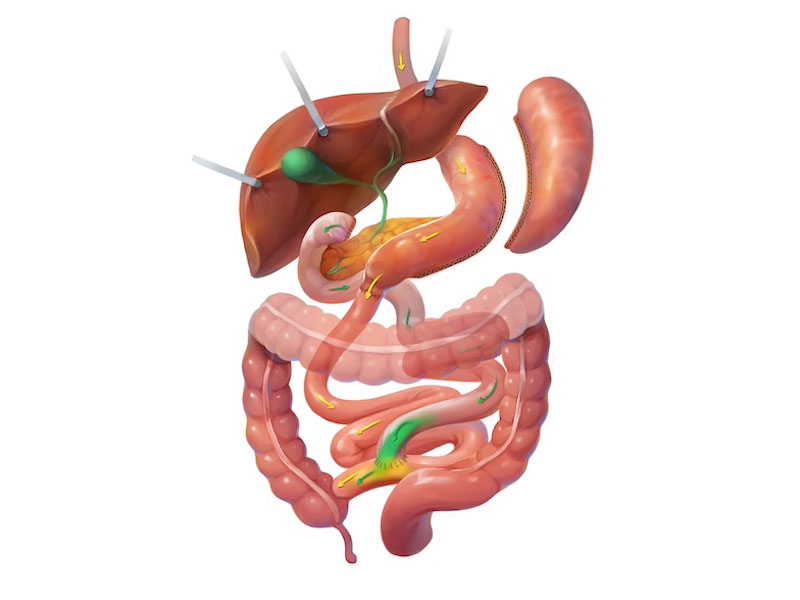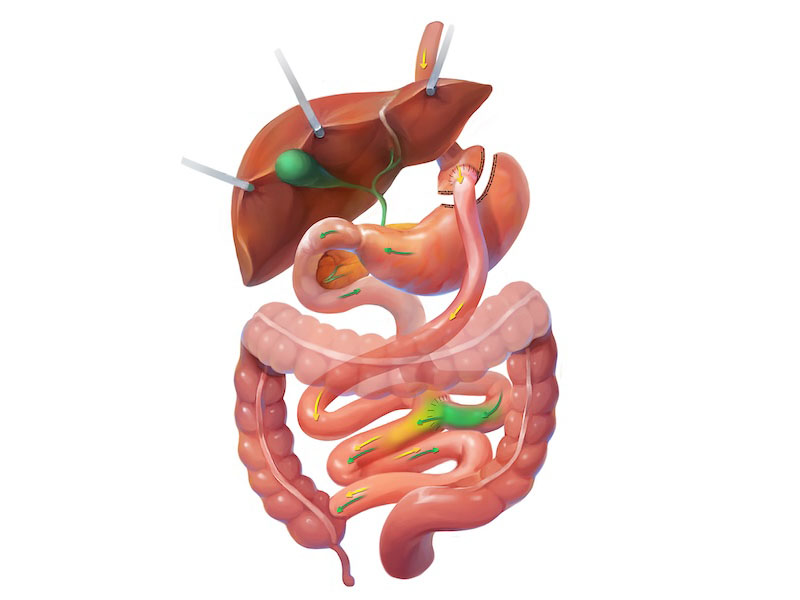
Revisional Surgery
When a patient chooses bariatric surgery to address obesity, certain expectations are set by both the patient and their surgeon– measures of success. Generally, patients lose a significant amount of weight in the first year or two after surgery.* However, it is just as hard to maintain that weight loss as it is to lose the weight in the first place. Most often, weight regain is a result of less-than-ideal dietary and exercise choices and can be corrected with a series of consultations with our nutritionist. With that said, if we have ruled out the possibility of lifestyle deficiencies causing a lack of weight loss or significant weight regain, we can begin to consider a follow-up surgical procedure to address the issue.
It is always recommended to maintain follow-up appointments with your bariatric care team or transfer your care to a trusted bariatric practice should you relocate or be unable to follow up with your surgeon. This not only helps you stay on track with your goals, but also keeps a close eye on any changes that may be happening with your body. In some cases, weight loss can stall or weight regain can occur due to an anatomical change after surgery that requires surgical correction.
It is important to note that bariatric patients should expect some weight regain over the long term.
Revising the Gastric Band
Because of the nature of the gastric band, it can be revised very easily. If the band has shifted or eroded into the esophagus, it can be removed, and a gastric sleeve or gastric bypass can be performed to replace the primary procedure.

Revising the Gastric Sleeve
The gastric sleeve procedure was once commonly performed as the first part of a two stage procedure. The goal was to have the patient lose weight and reduce their surgical risk with this straightforward restrictive procedure, before adding a malabsorptive component. Even though the sleeve is now performed as a standalone procedure, revising it to a gastric bypass or duodenal switch is a proven solution. A procedure known as a re-sleeve can also be performed. This is essentially a second sleeve procedure that cuts away any excess stomach tissue.

Revising the Gastric Bypass
The gastric bypass is the most complex of the three major bariatric surgeries as it combines both restriction and malabsorption. However there is still the opportunity for a follow-up procedure to enhance its effectiveness if needed. If there is any weight gain due to the enlargement of the stoma (the valve separating the esophagus and the stomach) a minor endoscopic procedure may be all that’s needed to correct it. If the stomach pouch has stretched, the restrictive portion of the procedure can be revised, or a gastric band can be placed over the top of the stomach pouch to regain restriction.

Considerations of a Secondary or Revisional Bariatric Procedure
It is essential to note that follow-up procedures carry additional risks, particularly if you are in less than optimal general health. Before considering a follow-up bariatric procedure, it is important that we rule out lifestyle causes such as overeating or under-exercising as a reason for weight regain.
If you are considering a follow-up bariatric procedure, please schedule a consultation with our office. We will evaluate your particular situation and offer the best solution for your circumstance.
*Results will vary between patients

